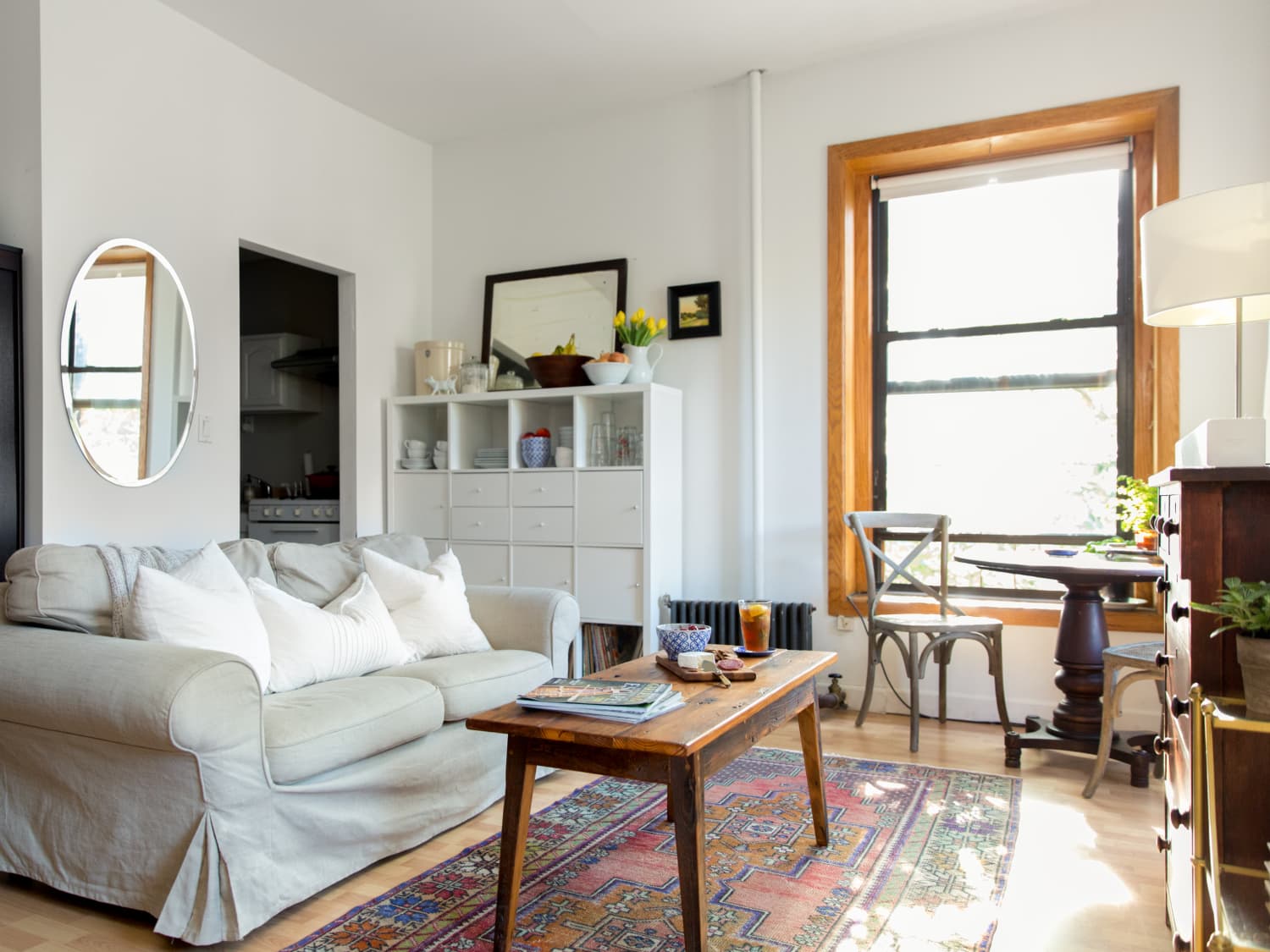

Articles
How To Hide Pipes In Living Room
Modified: May 6, 2024
Learn effective methods for hiding unsightly pipes in your living room with these informative articles. Transform your space and create a seamless aesthetic.
(Many of the links in this article redirect to a specific reviewed product. Your purchase of these products through affiliate links helps to generate commission for Storables.com, at no extra cost. Learn more)
Introduction
Welcome to our guide on how to hide pipes in the living room. While pipes are essential for the functionality of our homes, they can often be an eyesore when they are exposed in our living spaces. These unsightly pipes can disrupt the overall aesthetics of a room and make it feel cluttered and unappealing. But worry not, there are several creative and effective techniques you can employ to hide those pesky pipes and transform your living room into a stylish and harmonious space.
In this article, we will explore different methods for concealing pipes in the living room, ranging from simple DIY solutions to more complex professional installations. We will also provide tips on selecting the right method for hiding pipes based on your specific needs and preferences. So, let’s dive in and learn how to effectively hide those unsightly pipes!
Key Takeaways:
- Concealing pipes in the living room is essential for improving visual appeal, creating a clutter-free environment, and protecting pipes from damage. Assessing pipe placement and choosing the right method are crucial for a seamless integration into the room’s design.
- From simple DIY solutions to professional help, there are various methods available for hiding pipes, such as concealing them behind furniture, using decorative screens, creating a faux wall, or incorporating them into the room’s design. Each method offers unique benefits and considerations for achieving a visually appealing and functional living room.
Read more: How To Hide A Door In Living Room
Understanding the Need to Hide Pipes in the Living Room
Before we delve into the various methods to hide pipes in the living room, let’s first understand why it is necessary to conceal them in the first place. Exposed pipes can detract from the overall aesthetic appeal of a room, disrupting the visual flow and making it appear untidy and unfinished.
In addition to the visual aspect, exposed pipes may also pose safety concerns, especially if they are in areas where people can accidentally come into contact with them. This is particularly important if you have young children or pets in your household.
Hiding pipes will not only improve the visual appeal of your living room but also create a more cohesive and harmonious space. It allows you to create a clean and clutter-free environment where you can fully enjoy your living space without any distractions.
Furthermore, concealing pipes can also have practical benefits. By hiding pipes, you can maximize the usable space in your living room, giving you more flexibility in terms of furniture placement and room layout. Additionally, hiding pipes can help to protect them from potential damage or wear and tear, prolonging their lifespan and avoiding the need for costly repairs or replacements.
Assessing the Pipes in Your Living Room
Before you can effectively hide the pipes in your living room, it’s important to assess their placement, size, and accessibility. This step will help you determine the best method for concealing them.
Start by visually inspecting the pipes in your living room. Determine their location, whether they are along the walls, running across the ceiling, or exposed in other areas. Take note of any bends or angles in the pipes, as these may affect how you can effectively hide them.
Next, measure the diameter and length of the pipes. This will be crucial in selecting the right materials or solutions for concealing them. You may need to take into account the size of the pipe coverings or cladding, or consider the dimensions of furniture pieces that will be used to hide the pipes.
Consider the accessibility of the pipes as well. Are they easily reachable, or are they located in hard-to-reach corners or tight spaces? This will determine how easy or difficult it will be to install any concealment methods.
Finally, evaluate the type of pipes you have. Are they plumbing pipes, electrical conduits, or HVAC ducts? Different types of pipes may require different approaches for hiding, so it’s important to understand their function and any specific requirements they may have.
By thoroughly assessing the pipes in your living room, you will have a better understanding of the challenges you may encounter and the specific solutions you can explore to effectively hide them. This knowledge will guide you in selecting the most suitable methods for concealing the pipes and ensuring a seamless integration into your living room’s design.
Choosing the Right Method for Hiding Pipes
Once you have assessed the pipes in your living room, it’s time to choose the best method for hiding them. There are several options available, ranging from simple DIY solutions to more complex professional installations. Consider the following factors when deciding on the appropriate method:
1. Aesthetics: Think about the overall look and feel you want to achieve in your living room. Do you prefer a clean and minimalist design? Or do you want to incorporate the pipes into the room’s decor? Consider how each method will impact the visual appeal of the space.
2. Accessibility: Consider how easily you need to access the pipes for maintenance or repairs. If accessibility is a priority, choose a method that allows for easy access while still effectively concealing the pipes.
3. Budget: Determine your budget for hiding the pipes. Some methods may require more financial investment than others. Consider the cost of materials, labor, and any professional help that may be needed.
4. DIY vs. Professional Help: Assess your skills and comfort level with DIY projects. Some methods, like painting or using pipe covers, are more suitable for DIY enthusiasts, while others, like creating a faux wall or installing decorative screens, may require professional assistance.
5. Space Constraints: Evaluate the available space in your living room. If you have limited space, consider methods that maximize usable area while effectively hiding the pipes.
By taking these factors into consideration, you can make an informed decision on the most appropriate method for hiding the pipes in your living room. Remember to prioritize both functionality and aesthetics to achieve a seamless integration that enhances the overall appeal of your space.
Concealing Pipes Behind Furniture
A simple and effective method for hiding pipes in the living room is by strategically placing furniture to conceal them. This method works well when the pipes are positioned along the walls or near furniture pieces.
Start by selecting furniture items such as bookshelves, cabinets, or sofas that are tall enough to cover the pipes. Position them in front of the pipes, ensuring that they completely block the view. You can also arrange smaller decorative items like vases, plants, or artwork in front of the pipes to further disguise them.
When positioning the furniture, consider the accessibility of the pipes. Make sure that you can still easily access them if needed for maintenance or repairs. You may need to leave some space or incorporate removable panels or sections in the furniture to allow for easy access.
In addition to hiding the pipes, furniture can also be used to create a cohesive design in your living room. Choose furniture pieces that complement the overall style and color scheme of the room, enhancing the aesthetics while effectively concealing the pipes.
Keep in mind that this method works best for pipes located near the walls or behind furniture. If the pipes are running across the ceiling or exposed in the middle of the room, you may need to explore other methods, such as using decorative screens or creating a faux wall.
Concealing pipes behind furniture not only effectively hides them but also adds functionality and style to your living room. It creates a seamless integration, allowing you to enjoy a clutter-free and visually appealing space.
Read more: How To Hide Speakers In Living Room
Using Decorative Screens to Hide Pipes
If you’re looking for a visually appealing and versatile method to hide pipes in your living room, decorative screens can be a fantastic solution. Decorative screens not only effectively conceal the pipes but also add a touch of elegance and style to your living space.
Start by selecting a decorative screen that matches the overall aesthetic of your living room. There are various styles, materials, and sizes available, so choose one that complements the existing decor and fits well in the space. Consider screen designs that feature intricate patterns, beautiful motifs, or interesting textures to enhance the visual appeal.
Place the decorative screen in front of the exposed pipes, ensuring that it completely blocks the view. You can position it directly against the wall or a few inches in front of it to create a sense of depth. Secure the screen in place if necessary, depending on its weight and stability.
If the pipes are located near furniture or objects, you can position the screen at an angle to create a stylish and dynamic look. This can visually separate the pipes from the rest of the room while adding an artistic touch.
Aside from hiding the pipes, decorative screens can also serve other purposes. They can be used as room dividers, creating distinct areas in open-concept living rooms. They can also act as a backdrop for other decorative elements, such as plants, artwork, or sculptures, adding dimension and visual interest.
For added customization, you can even consider painting or embellishing the screen to match your desired aesthetic. Choose colors that harmonize with the room’s color palette, or experiment with patterns or designs that reflect your personal style.
By utilizing decorative screens, you can effectively hide pipes in your living room while adding a touch of elegance and style. The versatility of these screens allows you to easily adapt them to your existing decor and create a visually appealing space that remains functional and clutter-free.
Use decorative pipe covers or wrap pipes with fabric or rope to blend them into the room’s decor. You can also build a custom cabinet or shelf to hide the pipes while adding storage space.
Creating a Faux Wall to Conceal Pipes
If you’re looking for a more permanent and seamless solution to hide pipes in your living room, creating a faux wall can be a great option. This method allows you to completely conceal the pipes while adding depth and texture to the room’s design.
To create a faux wall, start by measuring the dimensions of the area where the pipes are located. Gather the necessary materials, which may include drywall, joint compound, sandpaper, paint, and any additional decorative elements you desire.
Begin by attaching a wooden frame to the wall, creating a structure that will serve as the base for the faux wall. Ensure that the frame is secure and level. Next, attach the drywall sheets to the frame, covering the area where the pipes are located.
Once the drywall is securely in place, use joint compound to fill in any gaps or seams between the sheets. Smooth out the compound with a putty knife and allow it to dry. Once dry, sand the surface to create a smooth and even finish.
After sanding, you can apply a layer of primer to the faux wall to ensure proper paint adhesion. Once the primer is dry, select a paint color that matches your desired aesthetic and apply it to the faux wall. Consider using textured paint or adding decorative techniques like faux brick or stone finishes to enhance the visual appeal.
In addition to paint, you can also incorporate other decorative elements into the faux wall to further enhance its appearance. For example, you can add wallpaper, wall panels, or even artistic wall decals to create a unique and personalized look.
Creating a faux wall not only effectively conceals the pipes but also adds a sense of depth and texture to your living room. It allows you to seamlessly integrate the pipes into the overall design of the room, creating a cohesive and visually appealing space.
Keep in mind that creating a faux wall requires some construction and painting skills. If you’re not comfortable with DIY projects, it’s best to consult a professional to ensure a professional-looking result.
Incorporating Pipes into the Room’s Design
Rather than attempting to hide or conceal the pipes in your living room, another creative approach is to embrace their presence and incorporate them into the room’s overall design. This method utilizes the pipes as an interesting and unique design element, turning them into a focal point or an industrial-inspired feature.
One way to incorporate pipes into the room’s design is by using them as a decorative element. For example, you can create a stylish and functional pipe shelving system. Install pipes and pipe fittings on the wall to create a sturdy framework, and then add wooden or metal shelves for storing books, plants, or decorative items. This not only adds an industrial and modern touch to the room but also maximizes storage space.
Another option is to use the pipes as curtain rods. This creates a distinctive look and adds an industrial flair to your living room. You can choose different types of pipes, such as copper or black iron, and pair them with unique curtain styles to further enhance the overall aesthetic.
If the pipes are running along the ceiling, you can embrace the industrial theme by leaving them exposed and painting them in a metallic finish. This gives your living room a loft-like feel and creates a visually interesting element. You can also use pendant lights or decorative fixtures that attach directly to the pipes to further enhance the industrial theme.
When incorporating pipes into the room’s design, it’s important to ensure that they are properly cleaned, maintained, and securely fastened. Pay attention to safety considerations and ensure that the pipes do not pose any hazards, especially if they are located in areas where people can potentially come into contact with them.
By embracing the presence of pipes and incorporating them into the room’s design, you can create a unique and visually appealing living room that celebrates the industrial aesthetic. This approach allows you to transform what was once considered an eyesore into a standout feature that adds character and charm to your space.
Painting Pipes to Blend with the Surroundings
If you want to hide pipes in your living room in a simple and cost-effective way, painting them to blend with the surroundings can be a great solution. This method allows you to camouflage the pipes and make them less noticeable while maintaining the overall aesthetics of the room.
Start by cleaning the pipes to ensure a smooth painting surface. Remove any dust, dirt, or debris using a damp cloth or a mild cleaning solution. If the pipes are rusty or have any flaking paint, you may need to sand them lightly to create a smoother surface.
Next, select a paint color that matches the surrounding walls or the color scheme of the room. It’s best to choose a paint that is appropriate for the type of pipes you are dealing with. For example, use a paint suitable for metal surfaces if you have metal pipes.
Before applying the paint, it’s important to prime the pipes to improve the adhesion of the paint and ensure a more even finish. Apply a coat of primer specifically designed for metal or appropriate for the material of your pipes. Allow the primer to dry according to the manufacturer’s instructions.
Once the primer is dry, you can proceed to paint the pipes. Use a brush or a roller to apply an even coat of paint, making sure to cover the entire surface of the pipes. Depending on the type of paint and the desired finish, you may need to apply multiple coats, allowing each coat to dry completely before applying the next one.
If you want to further enhance the blending effect, you can also use techniques like color washing or sponge painting to create texture and depth in the painted surface. Experiment with different techniques or add decorative touches to make the pipes visually interesting while still blending with the surroundings.
Remember to take proper safety precautions when painting pipes, especially if they are near electrical connections or other potential hazards. Ensure that the paint used is safe and non-toxic if the pipes are in close proximity to areas where people may come into contact with them.
By painting the pipes to blend with the surroundings, you can effectively conceal them while maintaining a cohesive and visually pleasing living room. This method is relatively simple and affordable, making it a popular choice for homeowners who want to hide pipes without undertaking more complex concealment methods.
Read more: How To Hide Dumbbells In Living Room
Installing Pipe Covers or Cladding
If you’re looking for a practical and straightforward way to hide pipes in your living room, installing pipe covers or cladding can be a great solution. This method involves covering the pipes with specialized materials or coverings that blend with the surroundings and create a seamless appearance.
There are various options available for pipe covers or cladding, including PVC pipe covers, foam insulation tubes, or decorative pipe wraps. These materials are designed to fit securely around the pipes and provide a clean and finished look.
To install pipe covers or cladding, start by measuring the diameter and length of the pipes. This will help you select the appropriate size and amount of material needed to cover them effectively. Ensure that the covers or cladding you choose fit snugly around the pipes, providing a seamless and secure fit.
Carefully wrap the chosen material around the pipes, starting from one end and working your way along the length. If necessary, use adhesive or fasteners recommended by the manufacturer to secure the covers or cladding in place and ensure they do not slip or move over time.
If you prefer a more decorative approach, you can opt for decorative pipe wraps that come in a variety of designs, patterns, and colors. These wraps can add a touch of visual interest to the pipes while still effectively concealing them. Consider selecting a wrap that matches the overall aesthetic of your living room or adds a unique and stylish element to the space.
In addition to hiding the pipes, pipe covers or cladding also provide insulation and protection to the pipes, helping to prevent heat loss or damage. This can be particularly beneficial if the pipes are located near windows or exterior walls.
When installing pipe covers or cladding, it’s important to follow the manufacturer’s instructions and guidelines. Ensure that the chosen material is suitable for the type of pipes you are covering, whether they are plumbing pipes, electrical conduits, or HVAC ducts. If you’re unsure about the installation process, it’s recommended to seek professional help to ensure proper and secure installation.
By installing pipe covers or cladding, you can effectively hide the pipes in your living room while providing insulation and protection. This method offers a practical and durable solution that enhances the overall appearance and functionality of your space.
Seeking Professional Help for Pipe Concealment
If you find that the pipes in your living room are complex in design or require more extensive concealment, it may be best to seek professional help. Hiring a professional for pipe concealment ensures that the job is done correctly and efficiently, saving you time and potential headaches in the process.
Professional contractors or interior designers with experience in pipe concealment can provide expert advice and creative solutions tailored to your specific needs. They can assess the pipes, evaluate the best methods for hiding them, and execute the project with precision and skill.
By working with professionals, you can benefit from their knowledge and expertise. They are familiar with different materials, techniques, and regulations related to pipe concealment. They can suggest the most appropriate methods based on your budget, available space, and desired aesthetic.
Furthermore, professionals have the necessary tools and equipment to tackle more complex pipe concealment projects. They can handle challenging installations, such as creating a faux wall or integrating the pipes into the room’s design, with precision and attention to detail.
When seeking professional help for pipe concealment, it’s important to research and hire reputable contractors or designers. Look for professionals who have experience in similar projects and can provide references or portfolios of their work. Consider reading reviews or getting recommendations from friends or family who have had successful experiences with pipe concealment professionals.
Communicate your goals, preferences, and budget clearly with the professionals you hire. This will ensure that they understand your vision and can provide suitable recommendations. Ask for a detailed estimate and timeline, and make sure to have a written contract that outlines the scope of the project, payment terms, and any warranties or guarantees.
By seeking professional help for pipe concealment, you can have peace of mind knowing that experts are handling the job. They can bring your vision to life, provide high-quality results, and create a visually pleasing living room that is free from unsightly pipes.
Remember that while DIY methods can be suitable for simple pipe concealment, more complex or extensive projects are best left to professionals to ensure a successful outcome.
Conclusion
Incorporating effective pipe concealment techniques can transform your living room into a visually appealing and functional space. Whether you choose DIY methods or seek professional help, there are various options available to hide or camouflage those unsightly pipes.
Understanding the need to conceal pipes in the living room is the first step towards creating a seamless and harmonious space. Exposed pipes not only disrupt the aesthetics of the room but can also pose safety concerns. By hiding pipes, you can improve the overall visual appeal, create a clutter-free environment, and even protect the pipes from damage or wear and tear.
Assessing the pipes in your living room allows you to determine the best method for hiding them. Consider the placement, size, and accessibility of the pipes to select a suitable technique. Whether it’s concealing pipes behind furniture to create a cohesive design, using decorative screens as stylish covers, or even incorporating pipes as part of the room’s aesthetic, there are options to suit various preferences and budgets.
Painting pipes to blend with the surroundings can be a simple and cost-effective solution, while installing pipe covers or cladding provides a practical and durable option. For more complex projects, such as creating a faux wall or integrating pipes into the room’s design, seeking professional help ensures expert execution and a seamless result.
In conclusion, hiding pipes in the living room is not only about concealing an eyesore but also about enhancing the overall beauty and functionality of the space. By employing these methods, you can create a visually appealing and inviting living room where pipes are seamlessly integrated or effectively disguised, allowing you to fully enjoy your home’s interior design.
Excited about transforming your living space even further? Don't stop at just concealing pipes; take control of your home aesthetics with some hands-on projects. Our next guide on DIY home projects offers practical advice and creative solutions for enhancing every corner of your residence. Whether you're looking to refurbish furniture or tackle new crafting ideas, this article is packed with inspiration to help you make your home uniquely yours.
Frequently Asked Questions about How To Hide Pipes In Living Room
Was this page helpful?
At Storables.com, we guarantee accurate and reliable information. Our content, validated by Expert Board Contributors, is crafted following stringent Editorial Policies. We're committed to providing you with well-researched, expert-backed insights for all your informational needs.
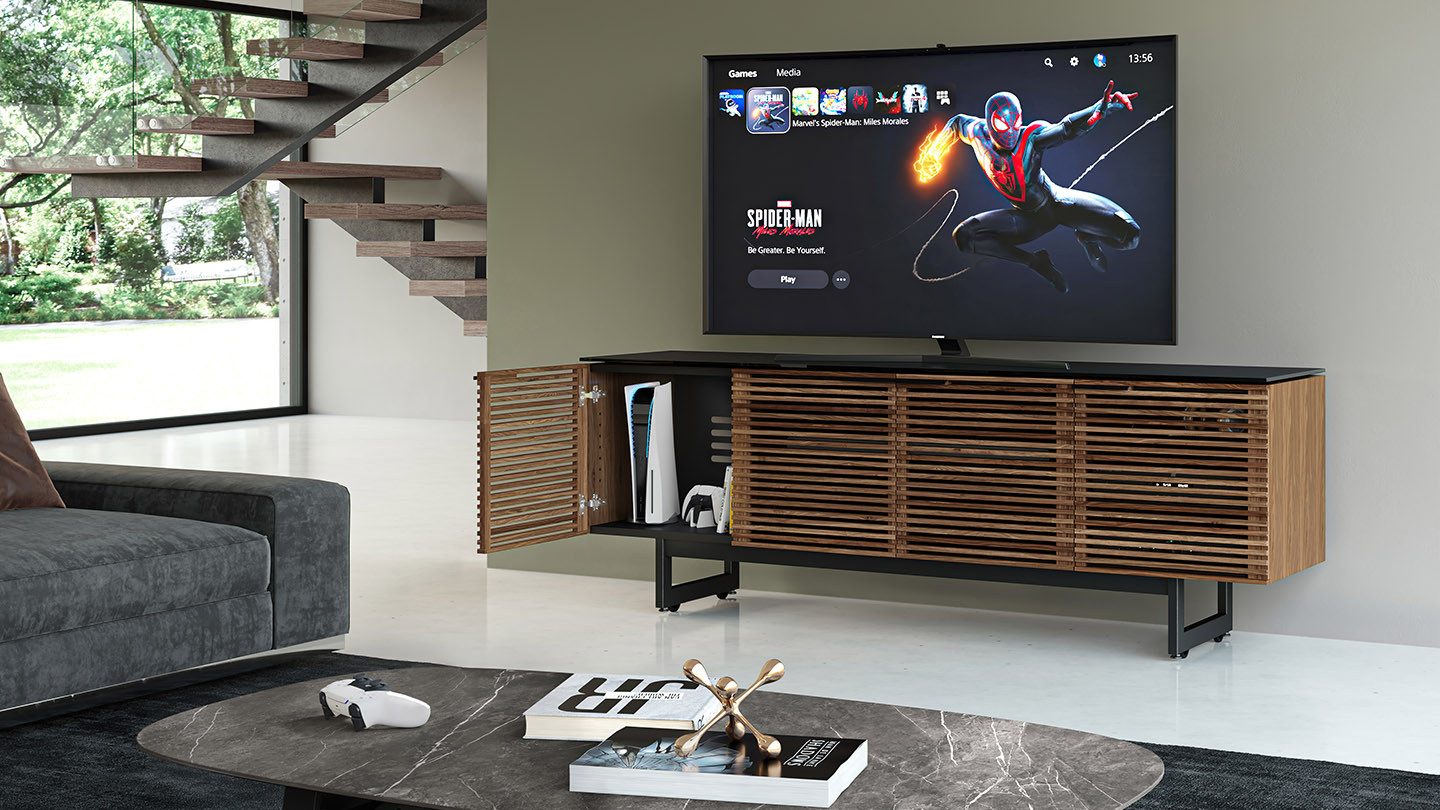
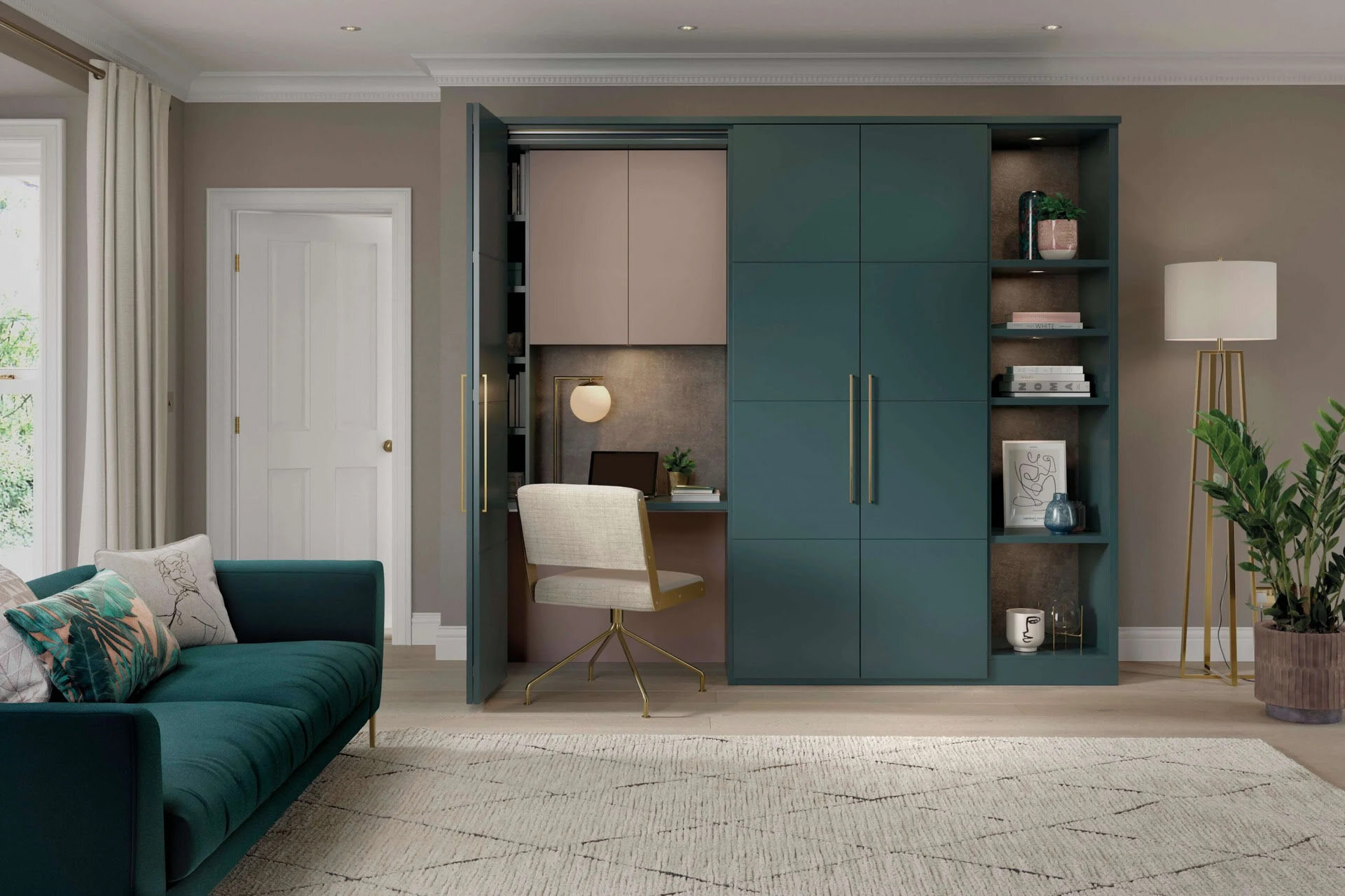
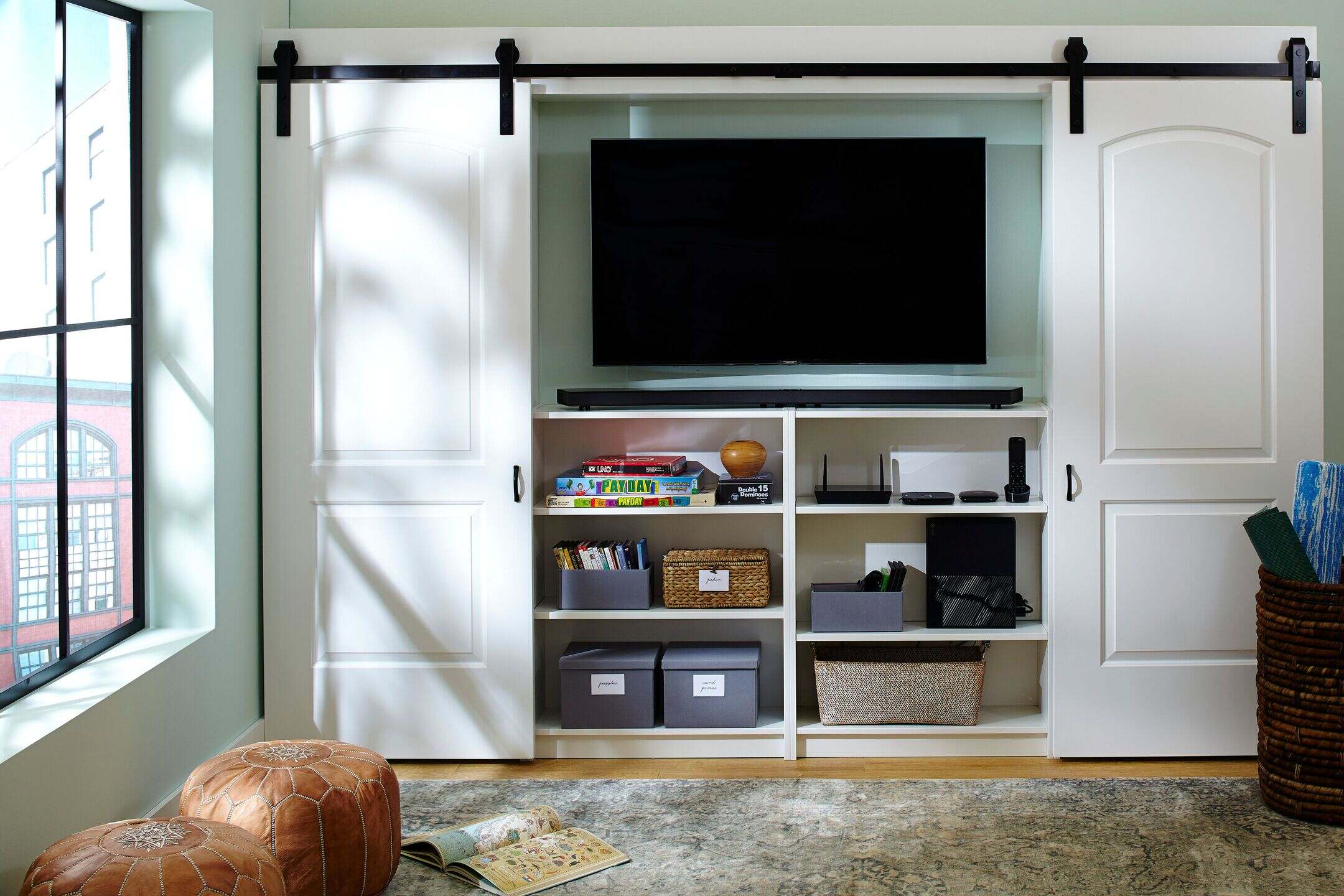
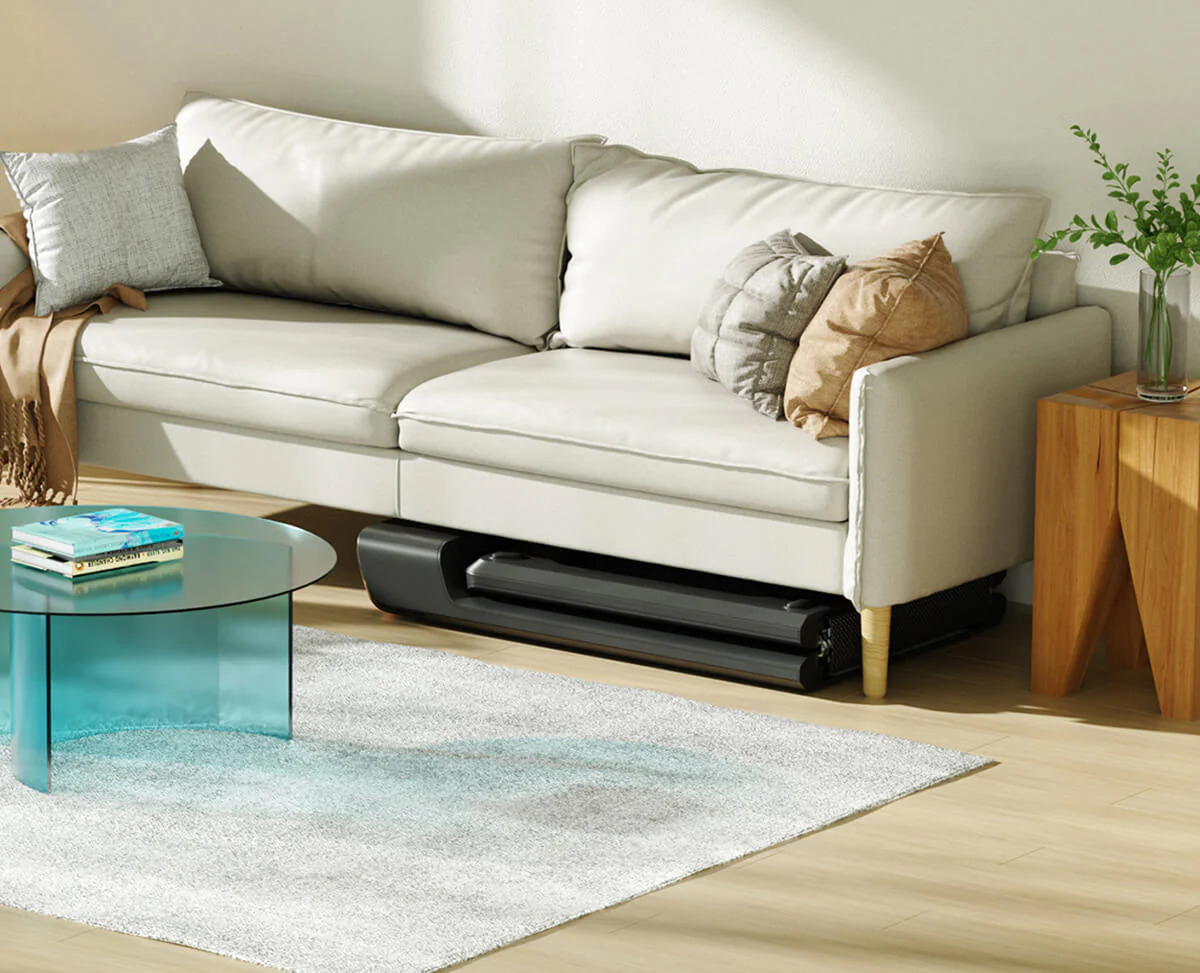
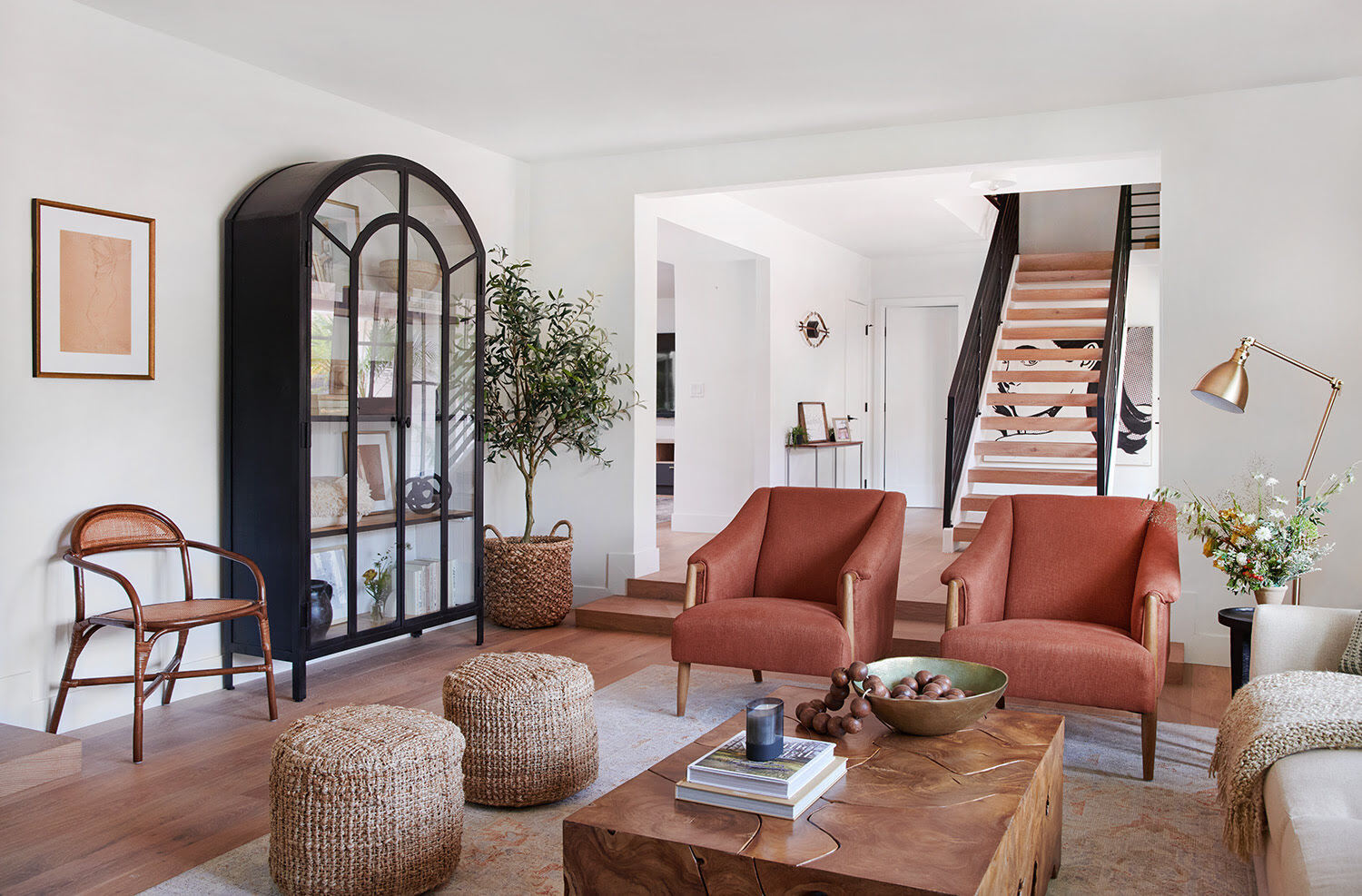
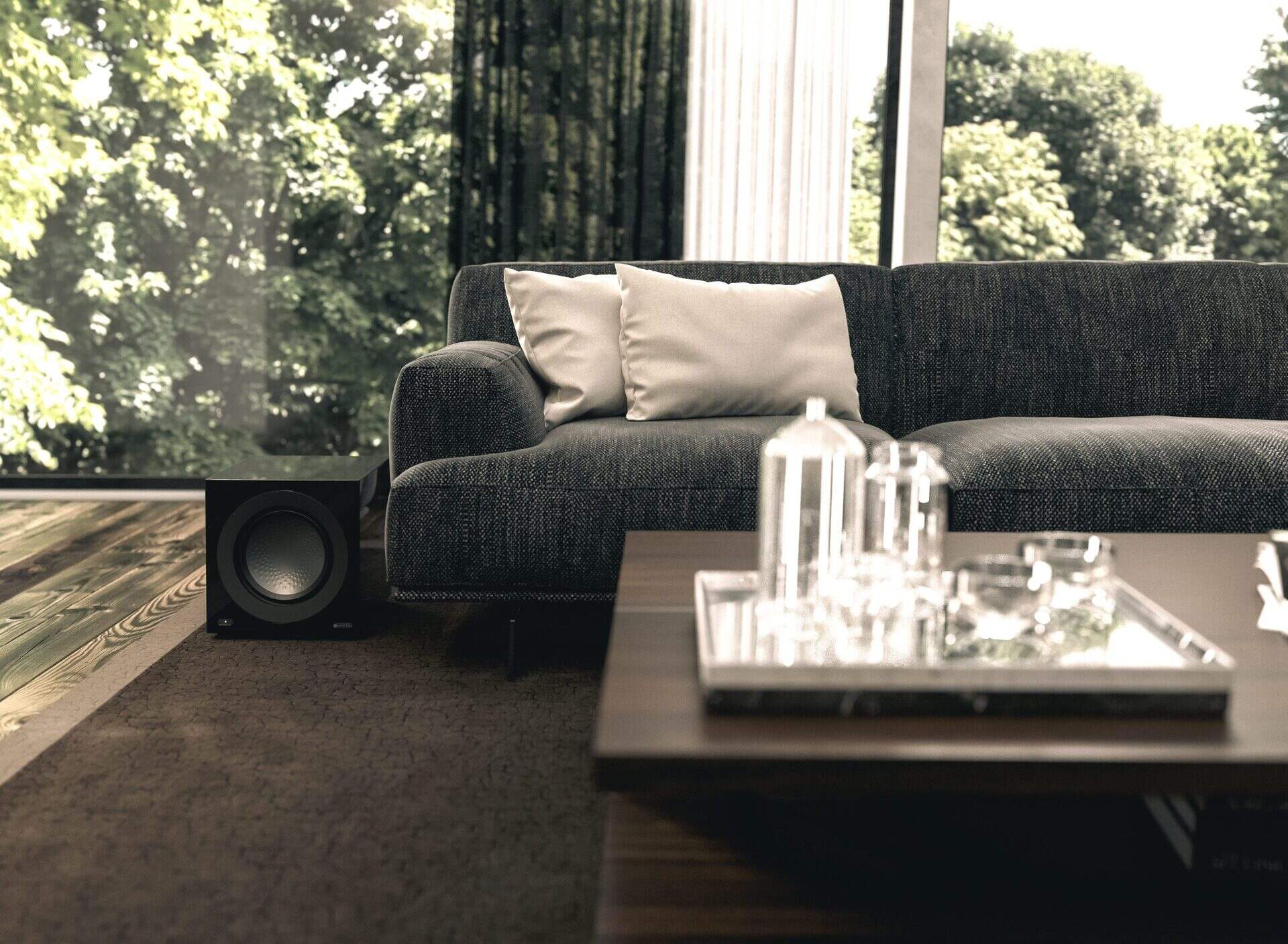
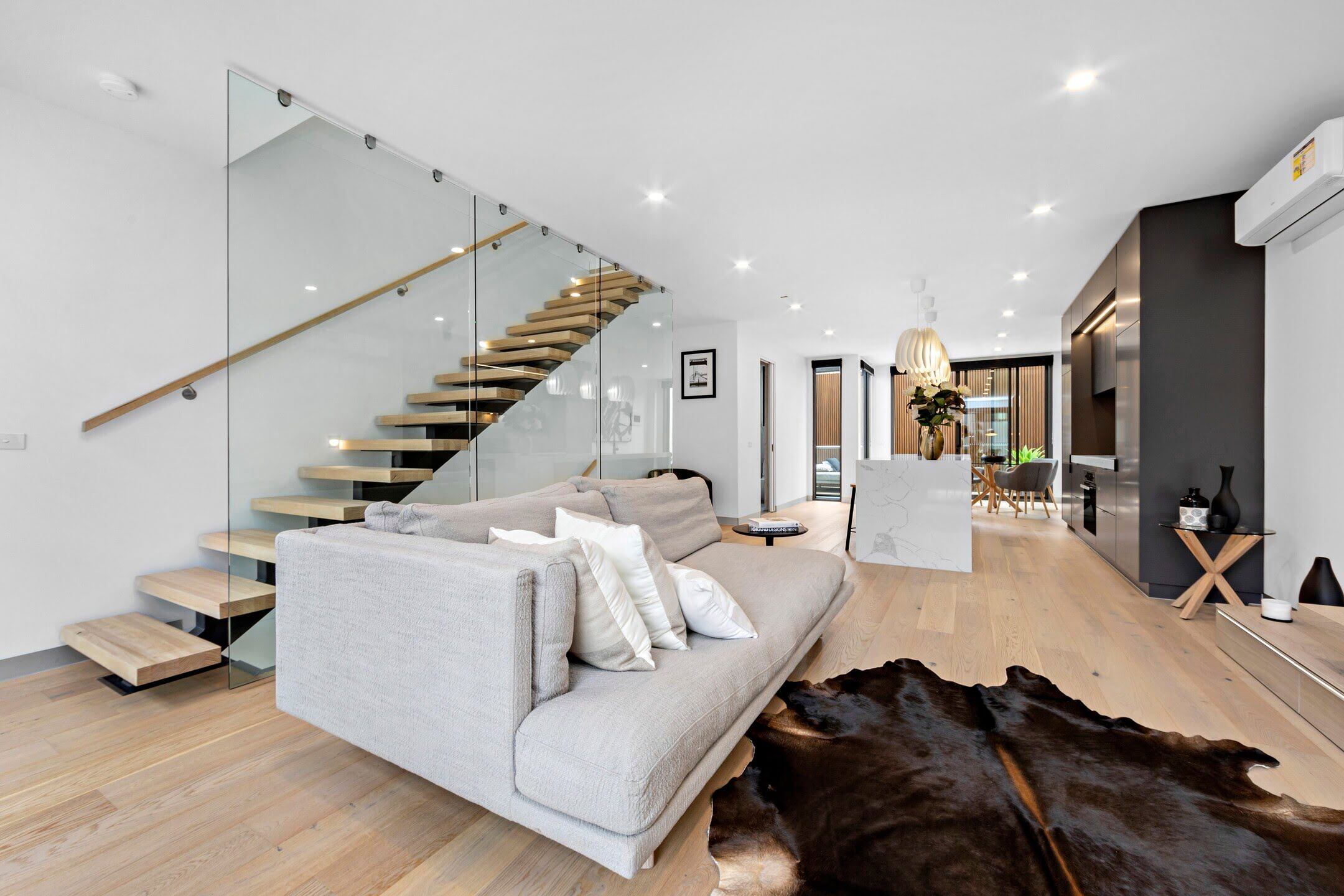
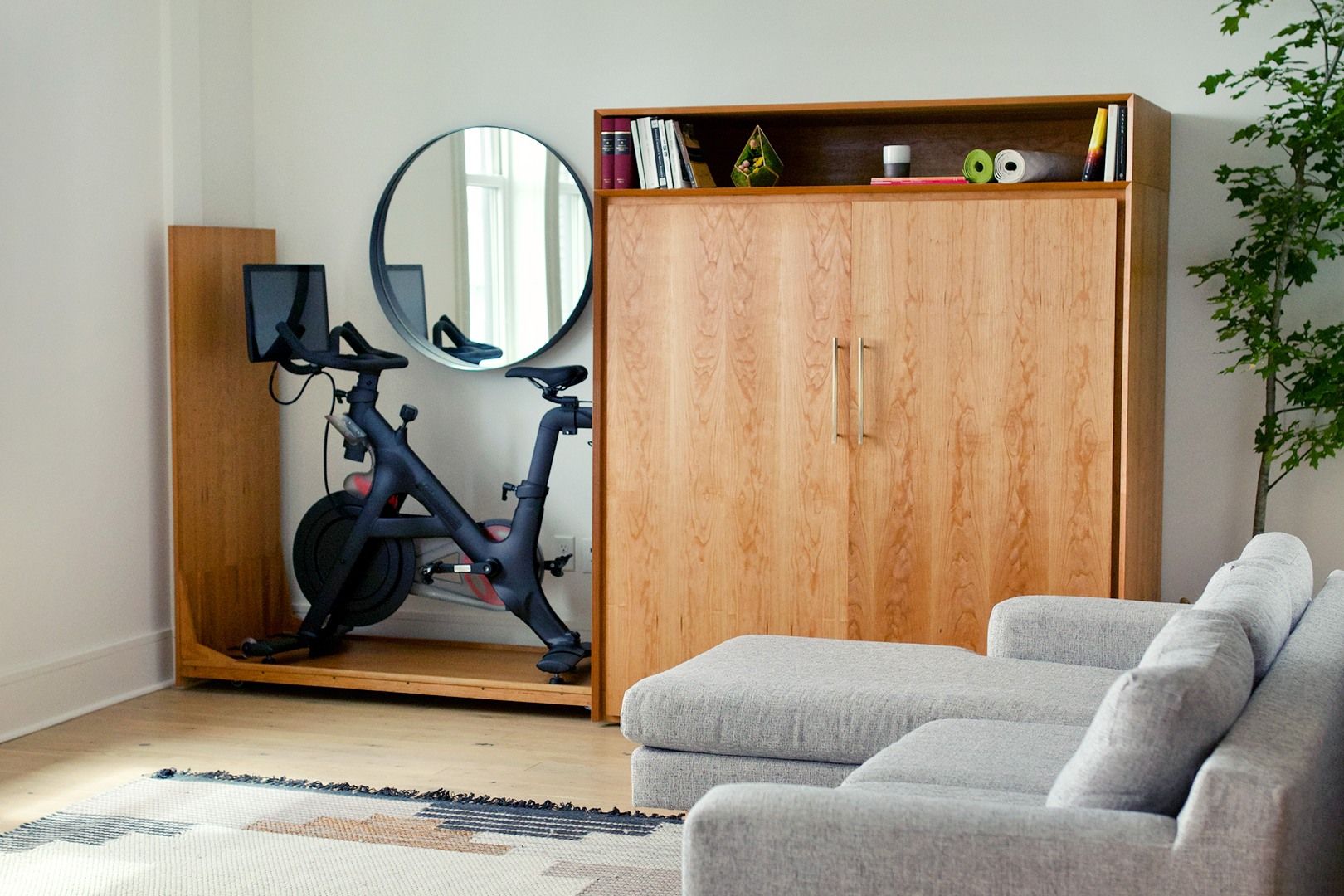
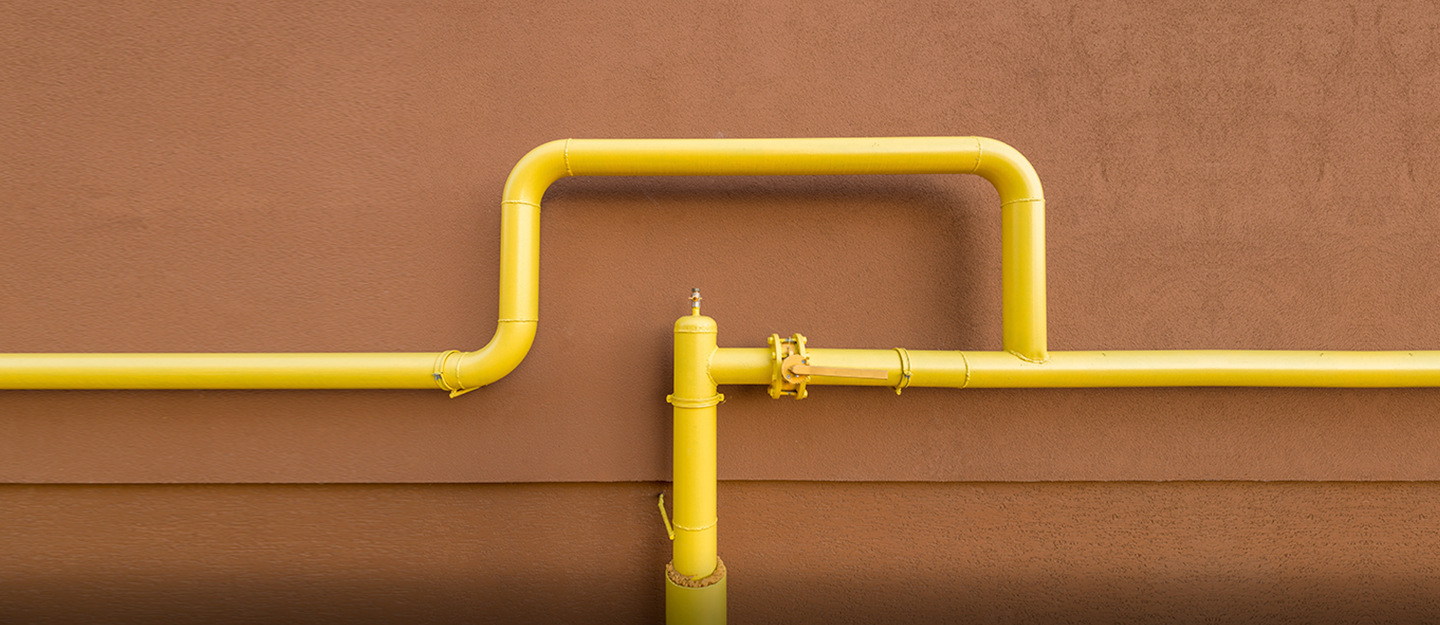
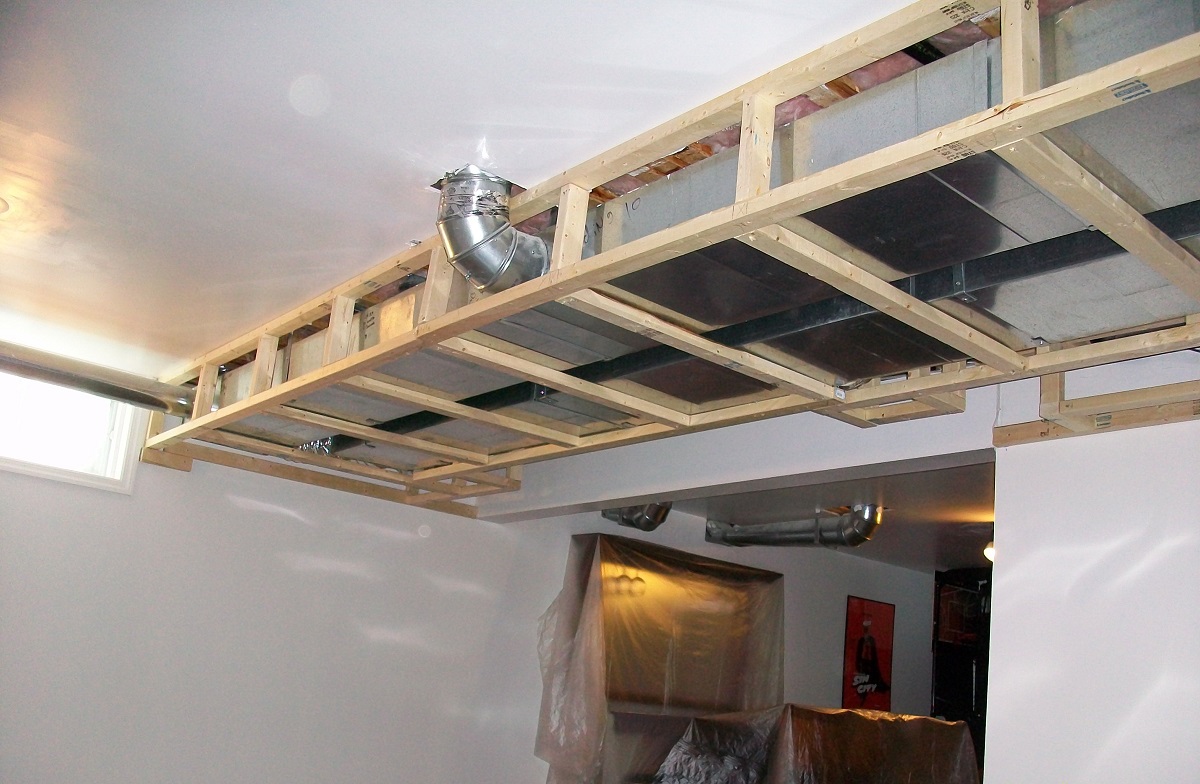
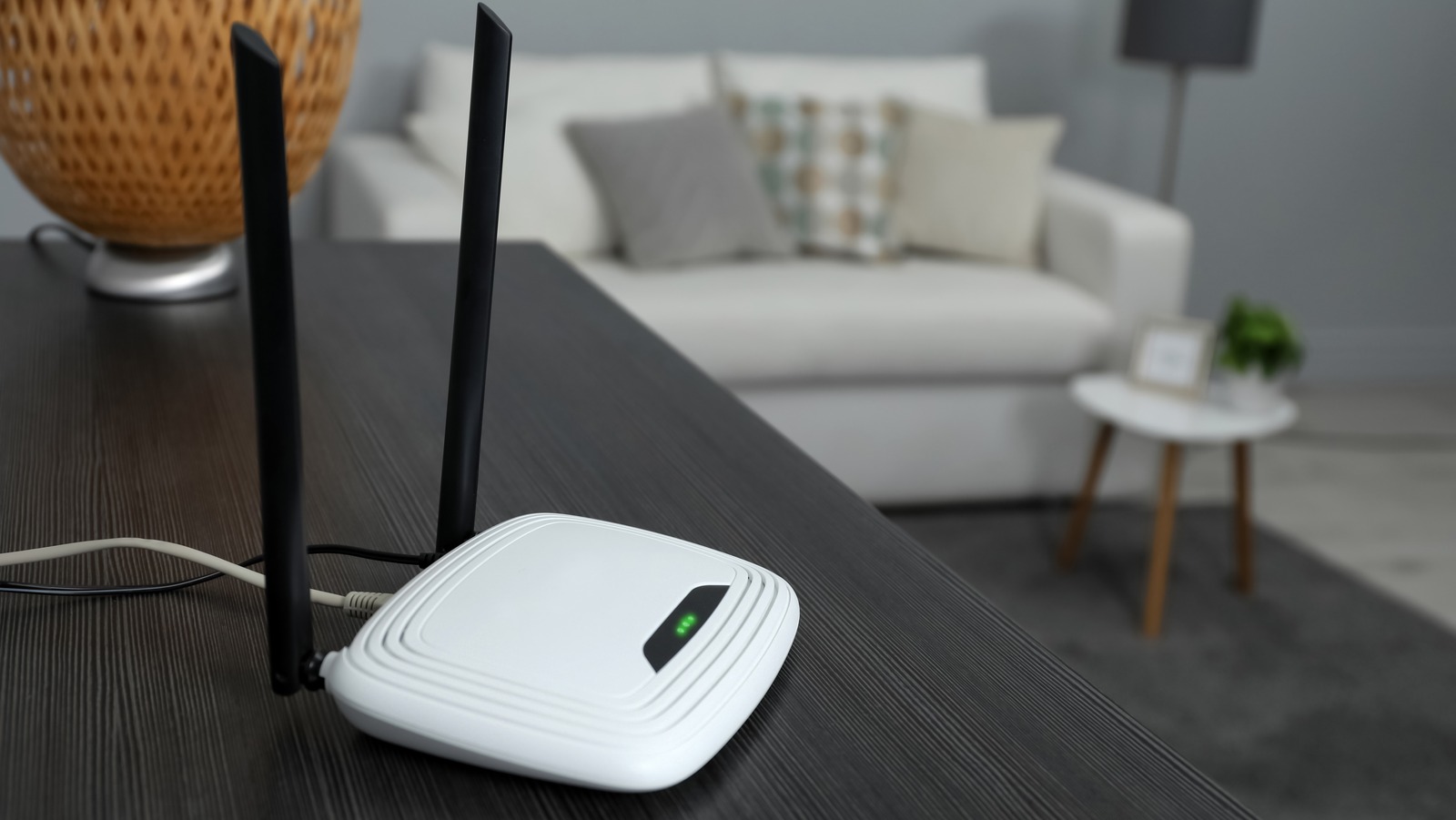
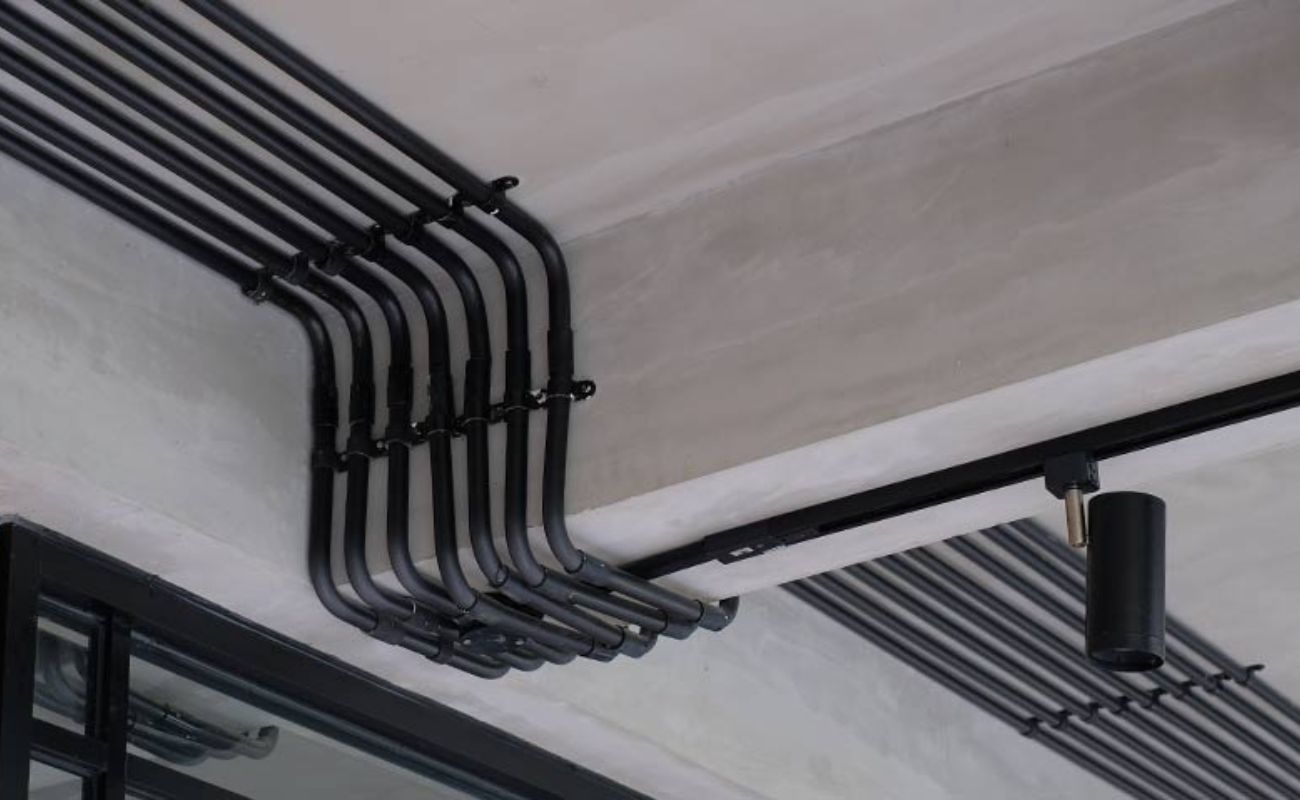
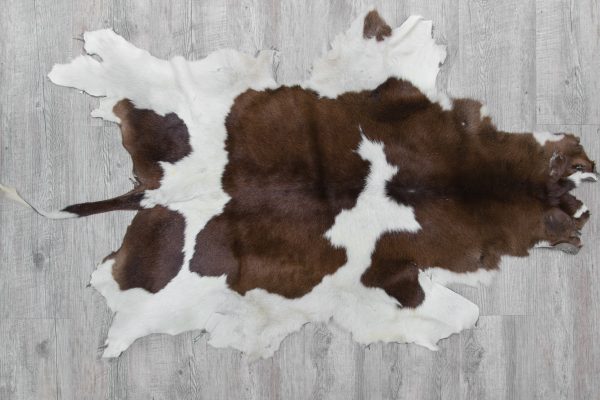

0 thoughts on “How To Hide Pipes In Living Room”